How to grow Lantana
This subtropical member of the verbena family is a genus containing around 150 species, all evergreen shrubs and perennials with dark, wrinkled foliage and tightly packed heads of brightly coloured flowers.
In warmer climates some species of lantana are considered invasive weeds, though thanks to our frosty winters they are far more well behaved here in the UK, where they can be grown as glasshouse plants or used as summer bedding.
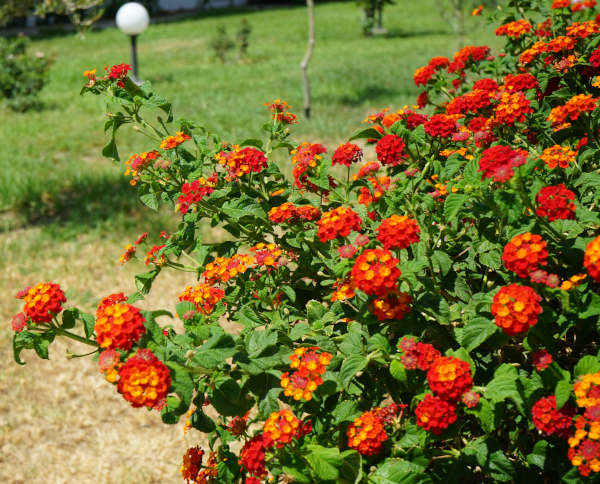
Zantedeschia is a genus of flowering plants from the family Araceae and is native to southern Africa. With a rich history dating back to the Ancient Romans, these deciduous or semi-evergreen perennials have been used as a symbol of celebration. Zantedeschia was Named after Professor Giovanni Zantedeschia, an Italian botanist.
There are two main forms of Zantedeschia: hardy and tender. Hardy forms of the plant can be grown outdoors, enjoy moist soil and full sun or partially shaded conditions - these are known as Arum lilies. Tender forms of Zantedeschia prefer being grown in containers or pots and should be brought inside over the winter - these are known as Calla lilies.
With tuberous flora in all colours from whites, yellows and oranges to deep reds and purples, Zantedeschias are not to be overlooked in any garden, as long as they have sufficient sunlight to grow in.
Ready to learn more about growing Zantedeschia? Read on for all there is to know...

Key Information
Soil pH
Position
Hardiness

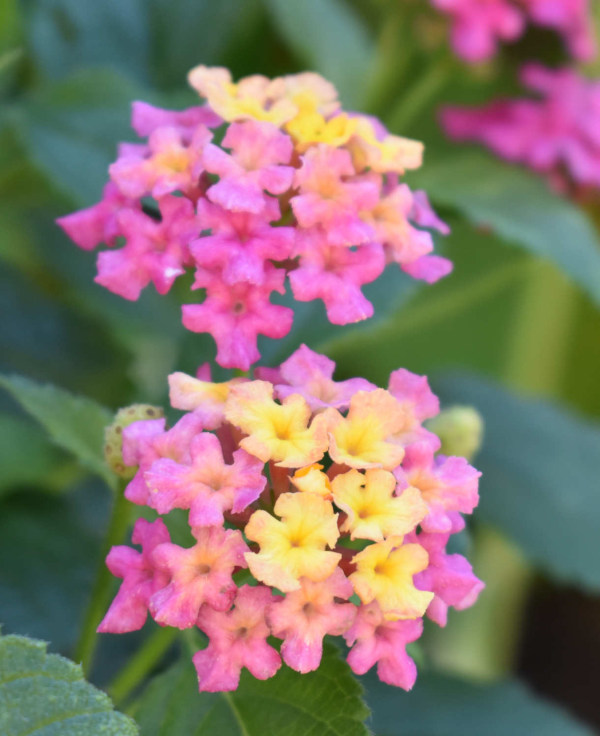
Where & when to plant Lantana
Position- Full sun
Soil- Moist and well-drained
Flowering Period- Late spring through until the first frosts
Hardiness- Tender
Outside
Our lantana plants are available from early spring. If they arrive before the last risk of frost has passed in your area (generally around mid to late May), pot them up and keep in a frost-free environment such as a conservatory or greenhouse until it is safe to move them outside.
Lantana makes excellent summer bedding for the front of a sunny border, or a container display.
Indoors
Pot up your lantana as soon as it arrives in spring and keep it in a temperate greenhouse or conservatory (which means minimum temperatures of around -10°C during the day and -7°C at night). Position your lantana in full light.
How to plant Lantana
In a container
- You may wish to grow your lantana in its own pot or use as the ‘filler’ component in a ‘thriller, filler, spiller’ mixed container.
- Choose an appropriate container. Ensure there are plenty of drainage holes in the bottom.
- If you are using a large pot, it can be a good idea to fill and plant it in situ to save yourself the trouble of moving once full.
- Use a good quality potting compost with plenty of horticultural grit mixed in, and, if not already present in the compost (check the description on the bag) some slow-release fertiliser granules.
- Start by partially filling the pot with compost; enough so that when placed on it the upper surface of the root ball is about 3cm lower than the top of the pot.
- Infill all the space surrounding the root ball with compost, firming down with your fingers then adding a little more so the plant is held tight.
- Pick up the pot (if you can!) and lightly tap on the potting bench or ground a few times to help further settle the compost around the plant.
- Soak well with water.
- A mulch with horticultural grit will look attractive and help to prevent a ‘cap’ or crust forming on the top of the compost (something container plants can suffer due to the artificial nature of their watering).
In the ground
- Clear the chosen area of weeds.
- Dig a planting hole several times larger than the root ball. It is a good idea to mix in some horticultural grit and well-rotted organic matter at this stage.
- Place the plant in the hole, ensuring the top of the root ball sits level with the surface of the soil. Too low and the plant may rot, too high and the roots can dry out.
- Backfill with soil and firm in gently with your foot.
- Soak well with water.
- Mulch around the base with well-rotted organic matter.
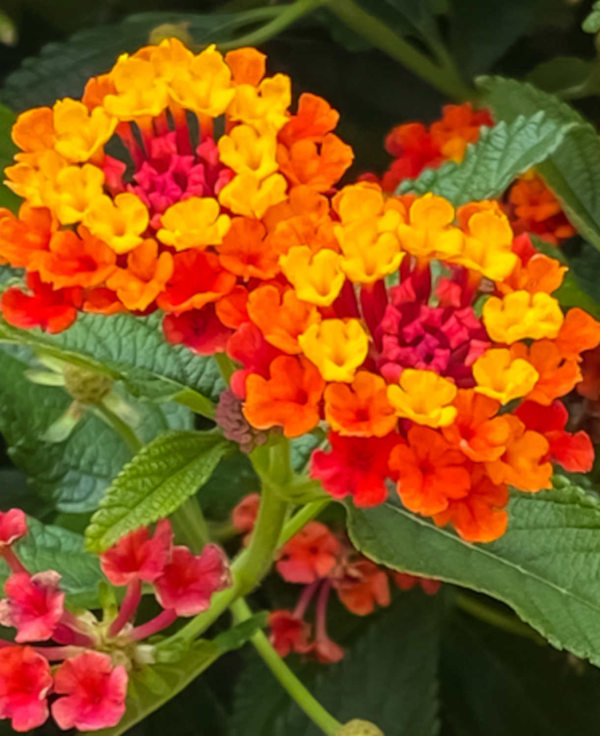
What to plant with Lantana
Outdoors, whether it be in a container display or border, lantana fits beautifully into an exotic, hot-coloured planting scheme. Think canna, musa, dahlia, alstroemeria, crocosmia, and trachycarpus, to transport you to faraway climes.
If you choose instead to grow your lantana as a greenhouse or conservatory plant, suitable indoor companions may include strelizia, dipladenia, citrus and plumbago. A colourful indoor paradise awaits!
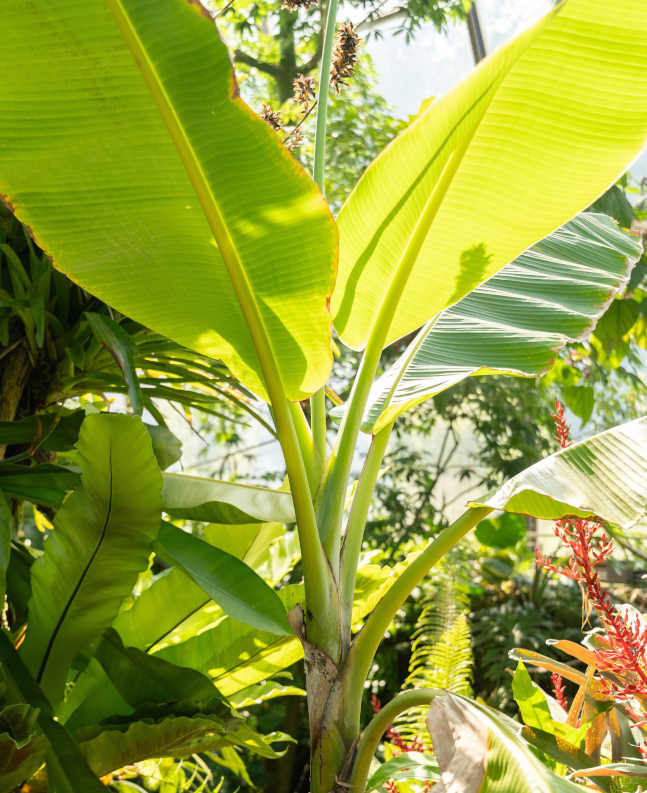

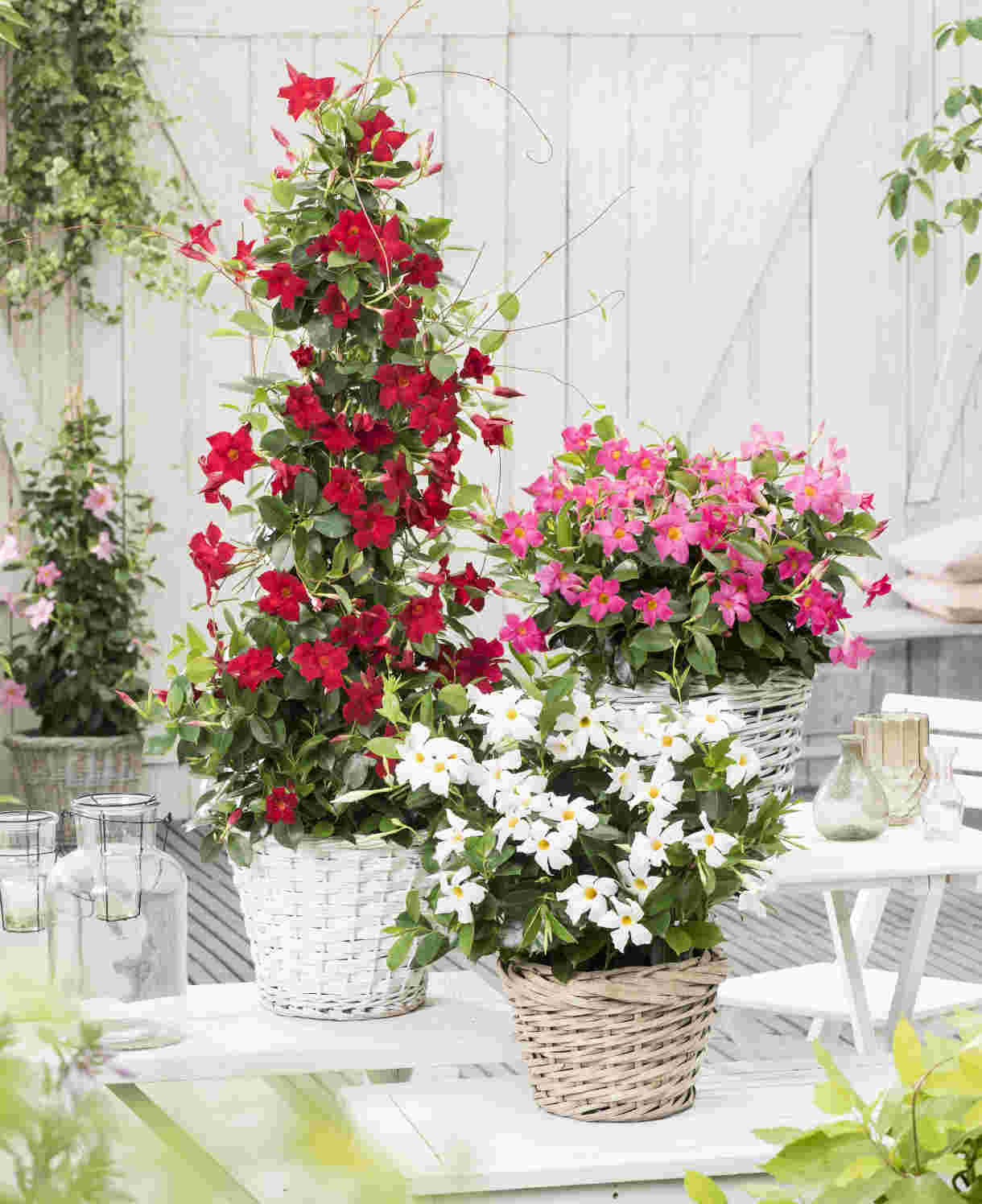
How to care for Lantana
Pruning and Deadheading
Deadhead regularly to encourage further flowering.
If treating your lantana as annual bedding, simply remove to the compost heap in autumn. To keep as a perennial indoors, lightly prune back after flowering to maintain a neat shape.
Watering
Outdoors
Water until established, and then in very dry periods thereafter.
Inside
Water container-grown lantana freely during the growing season, keeping just moist in winter.
Cold Protection
Lantana cannot tolerate temperatures dropping beneath 5-10°C, and so is unsuitable for overwintering outdoors in the UK.
Either treat as an annual or keep it in a heated greenhouse or conservatory.
Pests and Diseases
Outdoors, lantana tends to be trouble-free (apart from the chance of powdery mildew if not given enough light).
Indoors, the usual issues of whitefly, spider mite, and (again) powdery mildew can crop up. Keeping indoor plants as healthy as possible is the key to warding off problems, and by this we mean proper ventilation, adequately spaced plants (for good air flow), keeping everything well-watered and fed, and repotting into larger containers when necessary. Thoroughly cleaning the indoor environment every winter can also help to remove overwintering populations of pests.
Where infestations do take hold, try introducing biological controls (often sachets or tubes containing miniscule natural predators), or in the worst cases, remove the affected plant/s altogether.
How to propagate Lantana
Lantana can be propagated by cuttings in summer.
- Find non-flowering shoots 5-10cm long and snip off the plant.
- Put them in a plastic bag straight away to prevent drying out.
- Fill a container with a compost mix which is at least 50% perlite (or if you prefer, as we do, 100% perlite).
- Remove the lowest third of leaves.
- Insert the cuttings into the compost and water lightly. Several cuttings can be put in the same container if there is enough space to do this without them touching.
- Place in a propagating unit with bottom heat if you have one, or covered with a plastic bag on a windowsill if not (out of direct sunlight).
- Keep the cuttings misted and occasionally watered until they root. You will know this has happened when roots emerge out of the bottom of the container.
- Gently remove rooted cuttings and pot them into individual pots. Grow on in a warm conservatory or greenhouse they are big enough to be used the following spring.
Common Lantana questions
Is lantana poisonous?
All parts of lantana may cause severe discomfort if ingested, and contact with the foliage may cause irritation to skin (i.e., wear gloves when handling!).
Lantana is also known to have toxic effects for dogs, cats, horses, and cattle.
Does lantana grow in the shade?
Not well! This sun lover may survive in partial shade, though is likely to develop issues such as powdery mildew. Deep shade is a no.





